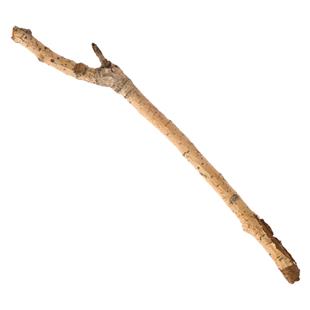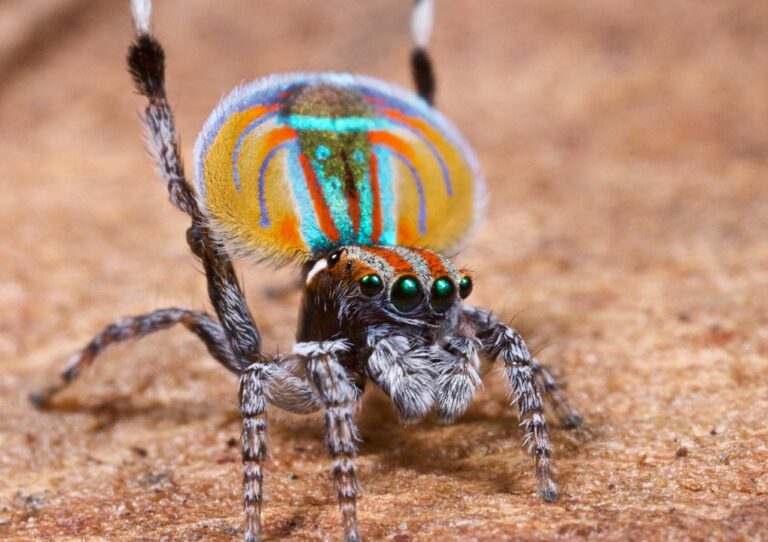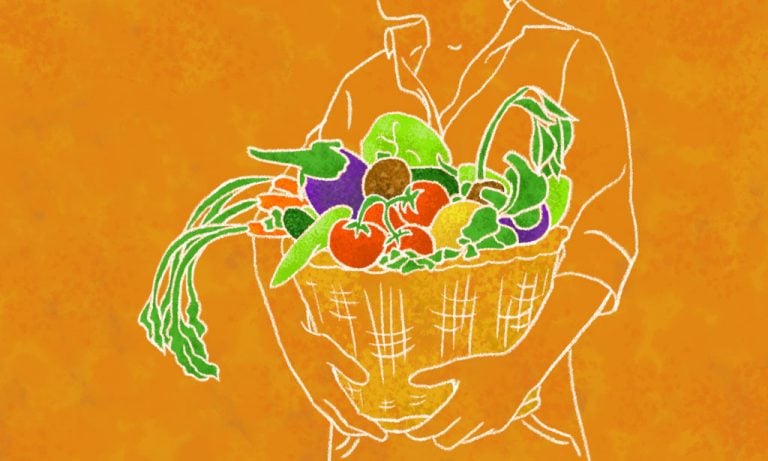In March 2020 the Warners Bay Sustainable Neighbourhood Group issued an invitation to see a film about reintroducing children to nature. NaturePlay: Take Childhood Back, featured the ideas and research of author Richard Louv and his book Last Child in the Woods. Over 50 people attended the screening of the film that was followed by a panel discussion to explore how the ideas could be applied in local situations.
It was a great success and highlighted what seem to be a latent desire to change the conversation around children’s education that has moved increasingly indoors with more and more emphasis based on technology as the main source of learning.
So what a delight to devote this blog post to some humble readily accessible educational toys for children. Munibung Hill is an ideal place to practice nature play and learning, and the top ranking toy, that literally grows on trees, abounds – the stick. Three of the other four can easily be carried into a natural landscape and the fourth, like the stick, needs no introduction.
When acknowledging the importance of the stick, the Toy Hall of Fame noted that:
When children pretend with sticks, they cultivate their creativity and develop their imaginations. They explore as they search outdoors for just the right one. Children build with sticks, bat balls with them, and walk with them. They are the original building blocks for creative play. Sticks also promote free play—the freedom to invent and discover. They encourage playing outside instead of inside. Sticks are all around us; they are natural and free. And playing with sticks isn’t just for children and animals. Adult artists, crafters, decorators, and architects all make use of sticks in sculptures, wreaths, furniture, and building design.
Read more about the top five toys for children at the link: 5 best toys of all time … and more here: Nature Play and Stickball



